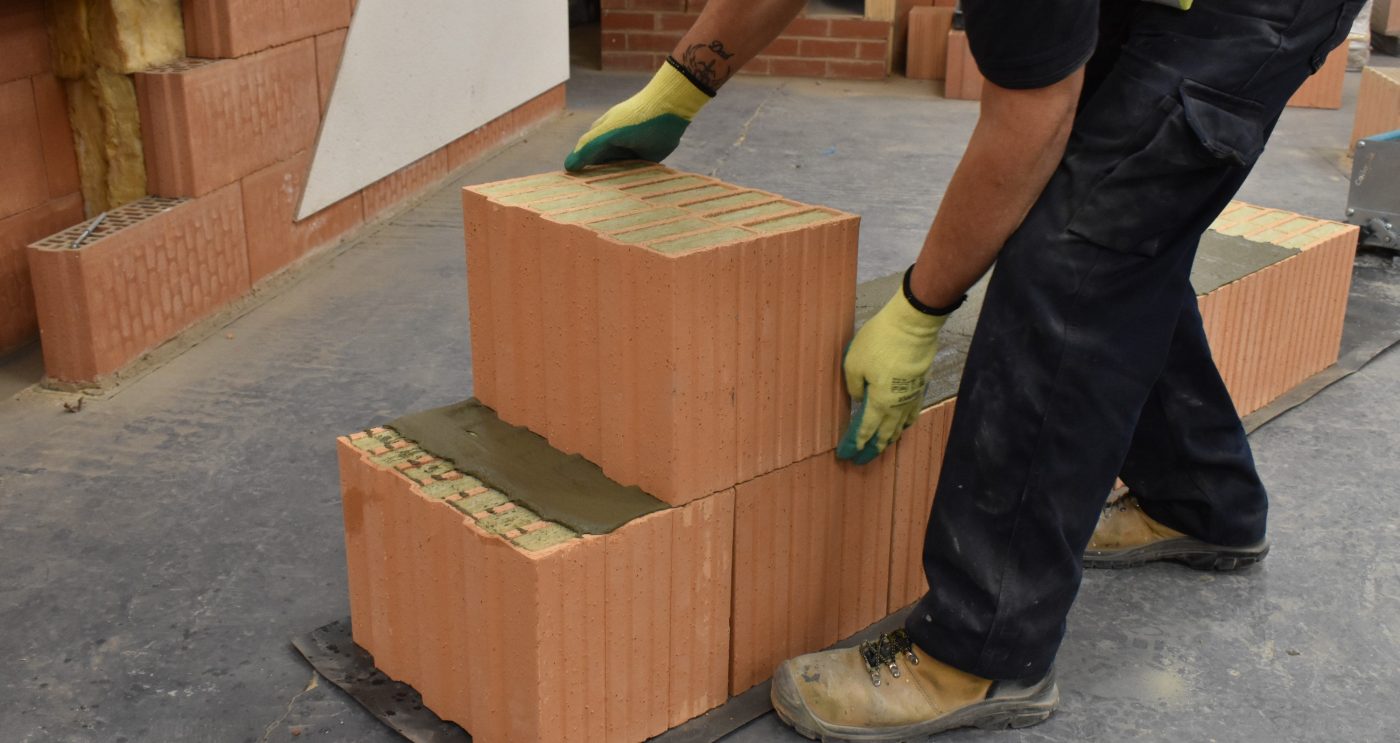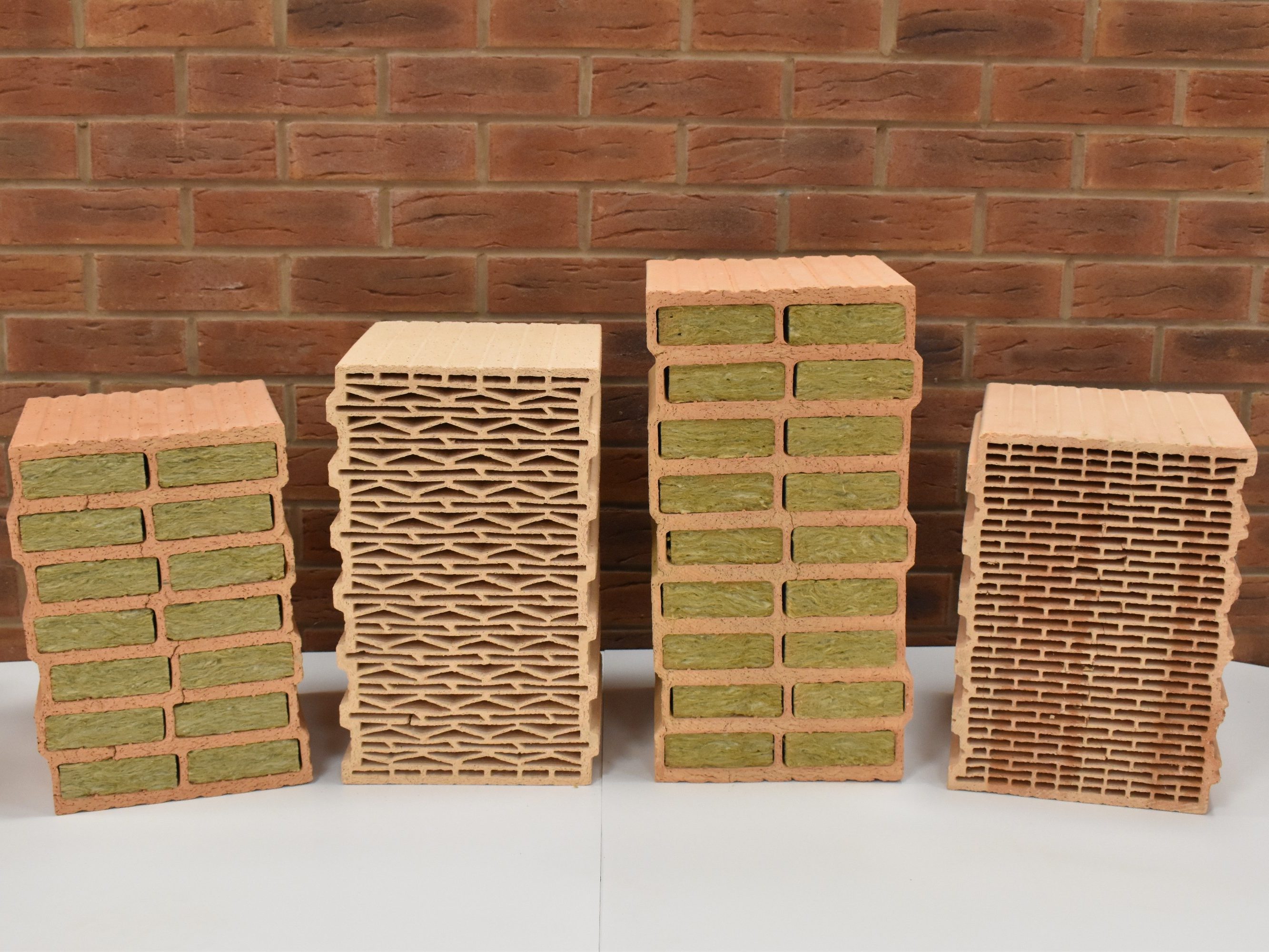What’s the difference between clay and concrete blockwork? Which one is right for your project? We explore the key differences, benefits and downsides.
Specifying the right materials for your project is vital. You need to find the perfect balance between safety, performance, time considerations and longevity of the finished build, ensuring that the occupants continue to get the very best from the built environment for years to come.
When it comes to blockwork, concrete has been the default material of choice, but precision-engineered clay blocks are becoming more popular, thanks to timesaving benefits, sustainability credentials and excellent thermal performance.
Find out what the key differences are between clay and concrete block, so that you can choose the right material for your next project.
Comparing cellular clay blocks and concrete blocks
Time
When building with concrete blocks, the height you can reach is restricted by the need to back up with facing brick and insulation after six courses. With cellular clay blockwork and thin joint mortar, you can achieve two-storey height without the need to back up with the external leaf. This allows you to remove the external envelope from the critical path of the build.
With cellular clay blocks like Porotherm, you can install the roof without the external leaf being completed, reducing the time to achieve a water-tight shell. This means that you can start interior work in parallel with the ongoing external leaf work – saving you time overall and streamlining the project build.
Mortar for concrete blocks is slow to set, reaching full strength at approximately 48 hours. Porotherm's ZeroPlus thin joint mortar, however, will begin to set within 30 minutes to an hour once applied to the block, thereby providing structural stability from earlier on, with 24-36 hours to to provide sufficient strength for build continuation.
Safety
Porotherm cellular clay blocks are lighter to handle than concrete blocks of comparative strength.
Traditional 10mm mortar joints used with concrete blockwork accounts for 6.7% of each m2 of blockwork. Porotherm's ZeroPlus thin joint mortar is less than 0.5% used in a m2 of blockwork. The Porotherm cellular clay block system minimises the use of cement and applying mechanically with a mortar roller reduces the risk of dermal burns while ensuring ease and quality of application.
Sustainability
During traditional build with concrete blocks there can be significant mortar wastage along with industry guidelines of typically up to 5% block waste. The Porotherm cellular clay block system results in little to no mortar waste, due to the accurate method of application and the ability to mix close to the build in quantities required. Due to the inert properties of clay, the block is non-hazardous to the end user or environment, and as such any waste from unusable cut blocks can be recycled as hardcore. This can result in less than 2% waste from Porotherm block.
Porotherm's thermal resistance is better than that of concrete blocks and so can offer enhance Psi values. Porotherm’s excellent thermal and breathability properties mean that it can be used in Passivhaus designs to minimise carbon emissions over the building’s life cycle by reducing heating and cooling demandscomplementing building designs that put sustainability first.


